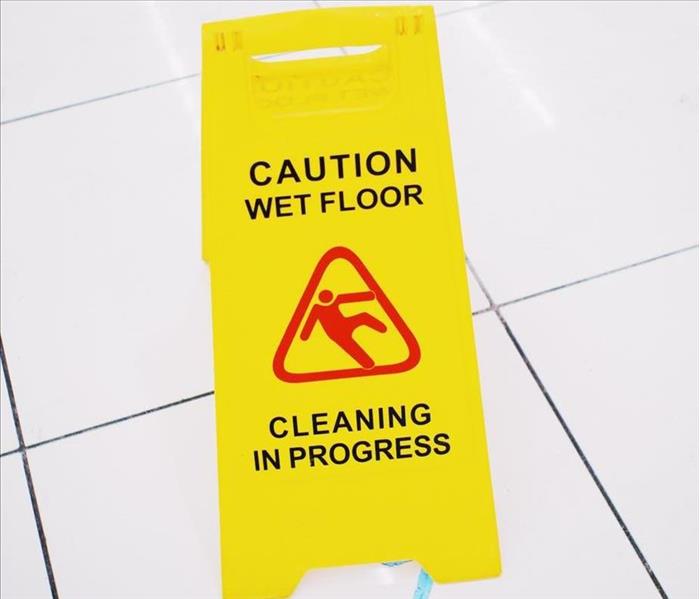REMOVING MOISTURE PROCESSES
2/1/2022 (Permalink)
REMOVING MOISTURE PROCESS
We look at two factors when looking at a project that involves water damage. These include the Type of Material and the Degree of Wetness.
The process begins when we evaluate the variation of each material's “permeability” or the ability for water to pass through the material. The degree of wetness refers to the moisture movement by indicating the type of water being addressed.
These liquids will be presented in three possible forms:
1. SURFACE WATER
Surface water can be found on a material's surface. This can be a liquid, will be visible and can evaporate. When cleaning this type of water, the first step is to physically remove the moisture. We perform this process by using mechanical extraction equipment. This is completed by using equipment that produces different airflows. This equipment will moderate temperature and humidity, while evaporating the remaining water.
2. FREE WATER
Free water can be found within a material, but it hasn't yet bonded to the chemical bonds of the material. The moisture will be located in cavities, open pores and other air spaces within these materials. Free water is a liquid that can generally be seen when the material is darkened. It can also be evaporated. When extracting this type of water, we use lower humidities and warmer temperatures. Monitoring these factors help maintain the rate of evaporation which ensures the liquid can evaporate.
3. BOUND WATER
Bounded water is a little more problematic as it is absorbed by the material and gets held by the chemical bonds. Due to the chemical bond holding in the moisture, you will have to release it before it can evaporate. Unlike the other types, controlling the airflow on the material won't be successful. The fabric will successfully dry fastest when it is warmed, and it's essential to keep the surrounding humidity very low. Due to the chemical bonding, this type of absorption takes the longest out of the three types.
ALL of these can be problematic. The knowledge of WHAT to look for is what separates SERVPRO from our competitors. Our Project Managers will go to a water-damaged job site and be able to evaluate what needs need to be met and then disperse our technicians immediately out to the field with the right equipment to get the job done.
If you find yourself in a water leaking mess, please reach out by CALLING SERVPROat 888-886-5195 or the local Lake of the Ozarks branch at (573) 346-7200.



 24/7 Emergency Service
24/7 Emergency Service
